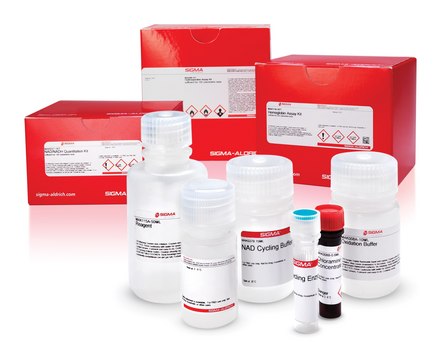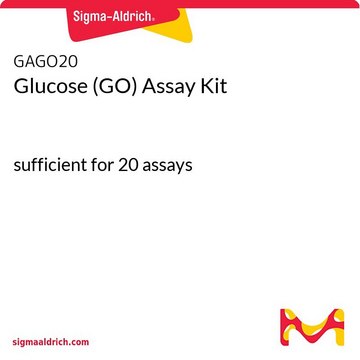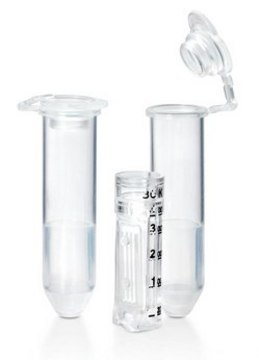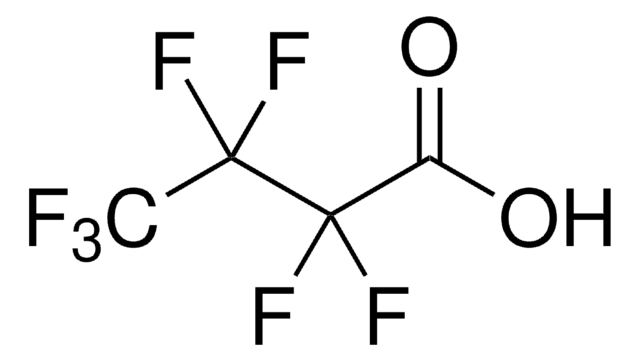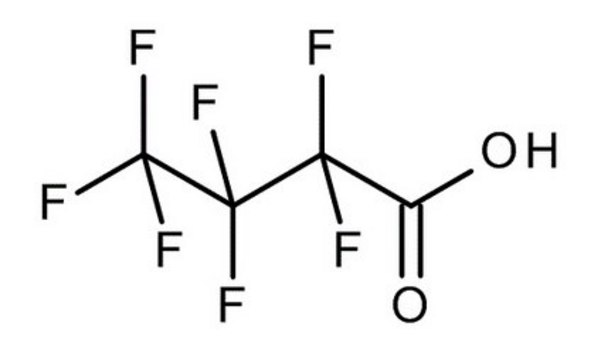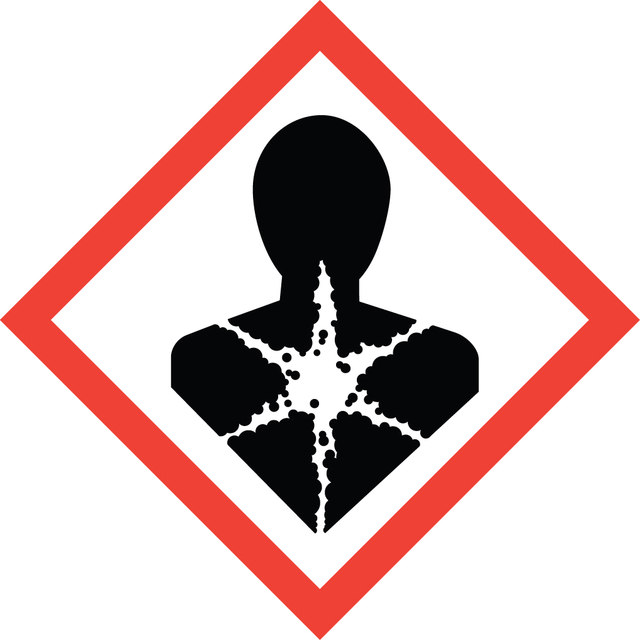MAK064
Lactate Assay Kit
sufficient for 100 colorimetric or fluorometric tests
Synonym(s):
Lactic Acid Assay Kit
About This Item
Recommended Products
usage
sufficient for 100 colorimetric or fluorometric tests
application(s)
cosmetics
food and beverages
detection method
colorimetric
fluorometric
relevant disease(s)
endocrinological disorders, diabetes; cancer
storage temp.
−20°C
1 of 4
This Item | 77249 | 52411 | 843443 |
|---|---|---|---|
| Quality Level 200 | Quality Level 100 | Quality Level 100 | Quality Level 200 |
| refractive index n20/D 1.3 (lit.) | refractive index n20/D 1.3 (lit.) | refractive index n20/D 1.3 (lit.) | refractive index - |
| density 1.645 g/mL at 25 °C (lit.) | density 1.645 g/mL at 25 °C (lit.) | density 1.645 g/mL at 25 °C (lit.) | density 1.65 g/cm3 at 20 °C |
| bp 120 °C/755 mmHg (lit.) | bp 120 °C/755 mmHg (lit.) | bp 120 °C/755 mmHg (lit.) | bp 121 °C/1013 mbar |
| form liquid | form liquid | form liquid | form liquid |
General description
Application
Suitability
Principle
replaced by
Signal Word
Danger
Hazard Statements
Precautionary Statements
Hazard Classifications
Resp. Sens. 1 - Skin Sens. 1
Storage Class Code
10 - Combustible liquids
Flash Point(F)
188.6 °F - closed cup
Flash Point(C)
87 °C - closed cup
Regulatory Information
Choose from one of the most recent versions:
Certificates of Analysis (COA)
Don't see the Right Version?
If you require a particular version, you can look up a specific certificate by the Lot or Batch number.
Already Own This Product?
Find documentation for the products that you have recently purchased in the Document Library.
Which document(s) contains shelf-life or expiration date information for a given product?
If available for a given product, the recommended re-test date or the expiration date can be found on the Certificate of Analysis.
How do I get lot-specific information or a Certificate of Analysis?
The lot specific COA document can be found by entering the lot number above under the "Documents" section.
How do I find price and availability?
There are several ways to find pricing and availability for our products. Once you log onto our website, you will find the price and availability displayed on the product detail page. You can contact any of our Customer Sales and Service offices to receive a quote. USA customers: 1-800-325-3010 or view local office numbers.
What is the Department of Transportation shipping information for this product?
Transportation information can be found in Section 14 of the product's (M)SDS.To access the shipping information for this material, use the link on the product detail page for the product.
Can I make up my own Lactate standard to use with Product MAK064, Lactate Assay kit?
Unfortunately, no. If you run the 100 mM L-(+)-Lactate standard (MAK064D) that comes with the kit, you should get good results. However, if you just use, for example, a solution of sodium L-(+)-lactate dissolved in water or buffer, you probably won't get good results. There are cofactors present in biological samples and in the L-(+)-Lactate standard that comes with the kit (which is not a pure solution of sodium L-(+)-Lactate in water or buffer). If such a "homemade" standard solution were to be spiked with a biological sample or the kit standard, the calculations would be more complicated, but the assay should work.
My question is not addressed here, how can I contact Technical Service for assistance?
Ask a Scientist here.
Articles
Warburg effect enhances glucose to lactate conversion in tumor cells, regardless of oxygen levels; impacting cancer metabolism since 1924.
Our team of scientists has experience in all areas of research including Life Science, Material Science, Chemical Synthesis, Chromatography, Analytical and many others.
Contact Technical Service